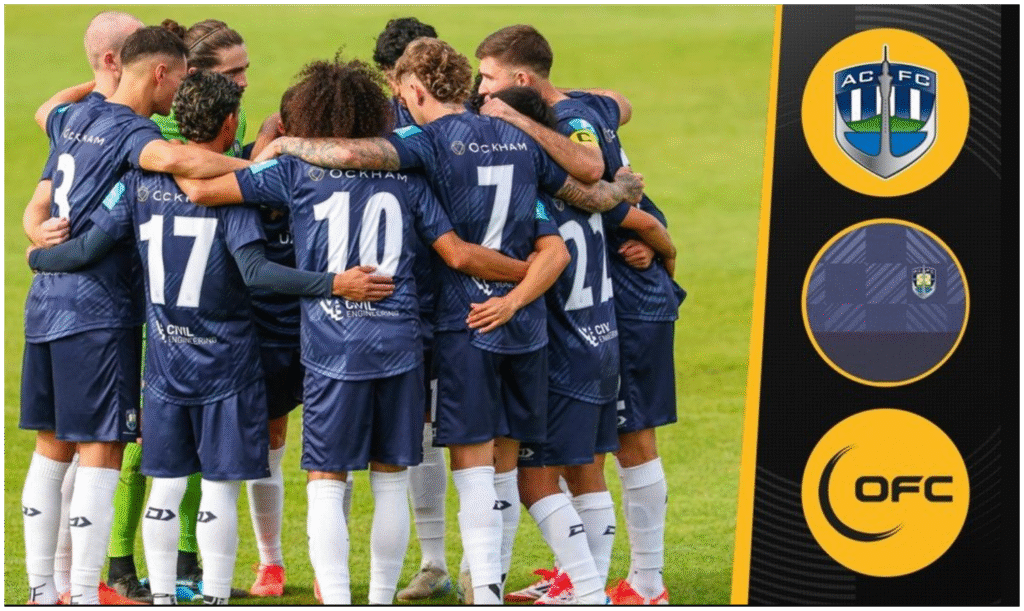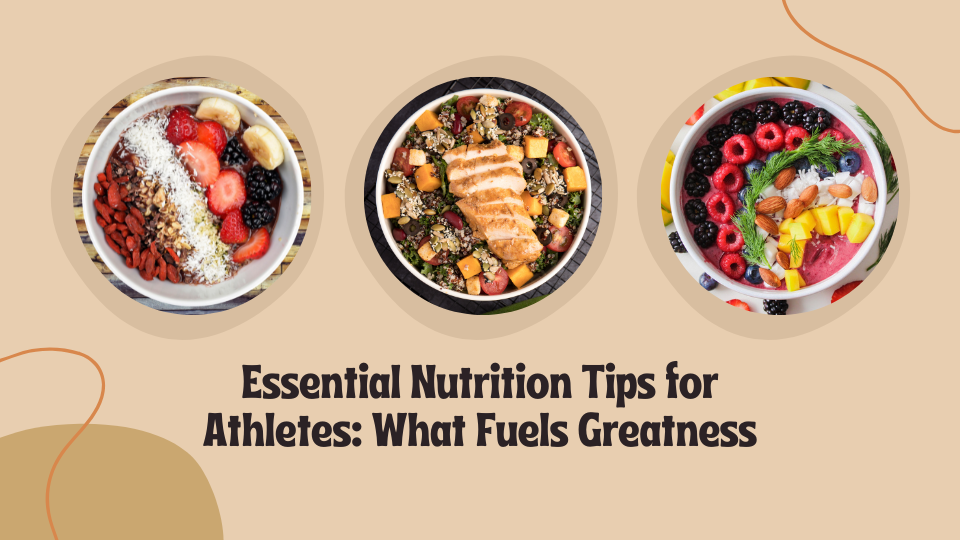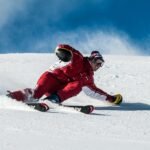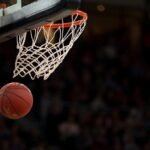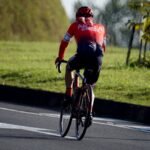Now Reading: Hydration Strategies for Peak Athletic Performance: Dominate Your Game
-
01
Hydration Strategies for Peak Athletic Performance: Dominate Your Game
Hydration Strategies for Peak Athletic Performance: Dominate Your Game
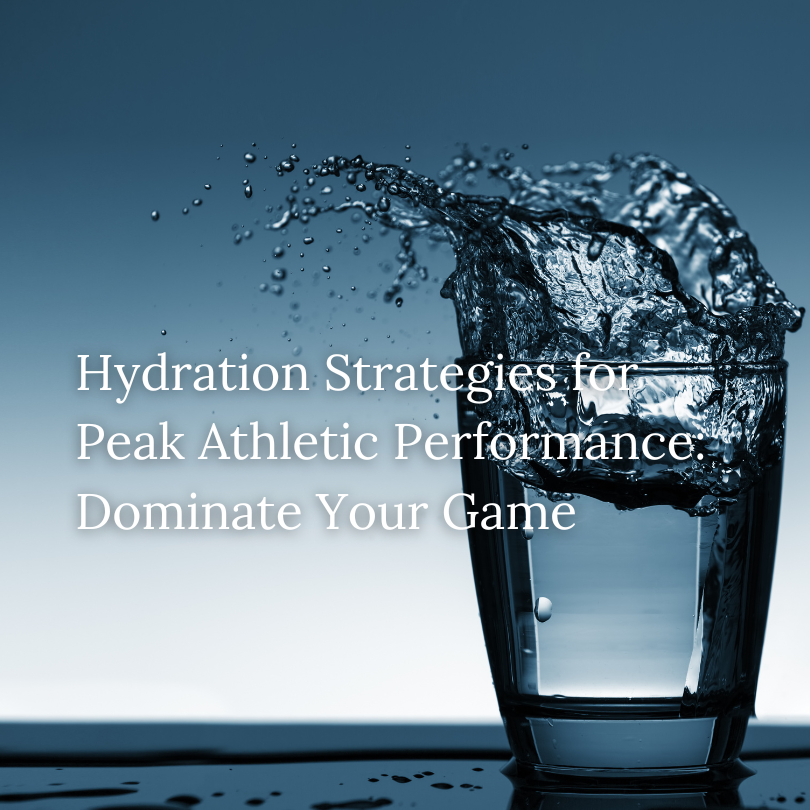

Game Changer: Stop Guessing Your Hydration, Start Dominating
Alright, let’s cut through the noise. We hear it all the time: “drink more water.” Groundbreaking, right? Not exactly. But here’s the kicker: most athletes, even the pros, are still getting their hydration strategy wrong. And in a game of inches, or milliseconds, “wrong” means you’re leaving performance on the table.
Forget the generic advice. We’re diving deep into hydration that actually works. This isn’t just about quenching thirst; it’s about unlocking peak power, insane endurance, and lightning-fast recovery. Think of it as the simplest, cheapest performance enhancer you’re probably underutilizing.
Why Your Current “Strategy” Sucks (Probably)
Let’s be real. Chugging a gallon of water right before a game? That’s not a strategy, that’s a recipe for a bathroom break at a crucial moment. Waiting until you’re parched? Mate, you’re already behind. Thirst is your body’s emergency alarm, not its fuel gauge.
The truth is, even a tiny dip in hydration – we’re talking as little as 2% of your body weight – can tank your performance. Your focus blurs, your muscles scream earlier, and your decision-making goes out the window. Sound familiar?
The Dehydration Disaster: More Than Just Thirst
Dehydration isn’t just about feeling a bit dry. It’s a saboteur. It thickens your blood, making your heart work overtime. It messes with your body’s cooling system, leading to overheating. It even impacts your skill execution. That pass you overhit? That shot you shanked? Dehydration could be the silent culprit.
And it’s not just about game day. Chronic under-hydration grinds you down, slowing recovery, increasing injury risk, and generally making you feel like you’re running on fumes. Not exactly the elite athlete vibe, is it?
Winning the Water War: It’s Personal
So, what’s the secret sauce? Personalization. Your hydration needs aren’t the same as your teammate’s, your rival’s, or that random influencer on Instagram. Factors like your body weight, sweat rate, the intensity of your sport, and even the weather all play a massive role.
The pros? They’re not guessing. They’re often doing sweat tests. Sounds intense, but the principle is simple: weigh yourself before and after a tough session (no drinking in between). The difference, plus any fluid consumed, gives you a solid idea of your sweat rate. Gold-standard stuff.
Beyond Water: The Electrolyte Equation
Water is king, no doubt. But when you’re really pushing it, sweating buckets, water alone might not cut it. You’re losing electrolytes – sodium, potassium, magnesium – crucial minerals that keep your muscles firing and your nerves communicating.
Ever had a cramp derail your game? Electrolyte imbalance is a prime suspect. This is where sports drinks can play a role, but choose wisely. Many are just sugar bombs in disguise. Look for options with a good electrolyte profile and be mindful of the carbohydrate content. Sometimes, a simple electrolyte tab in your water is all you need.
Pre-Game, In-Game, Post-Game: The Hydration Playbook
-
The Build-Up (24-48 Hours Pre-Game): This isn’t about water-logging. It’s about consistent, steady hydration. Sip, don’t chug. Aim for pale yellow urine – the hydration sweet spot. Dark yellow? Red flag. Clear like water all the time? You might be overdoing it and flushing out electrolytes.
-
Game Day Morning (2-3 Hours Before Go-Time): Top up your tank. About 500-600ml (around 16-20 ounces) is a good starting point. This gives your body time to absorb and, yes, pee out any excess before the whistle blows.
-
The Final Countdown (30 Mins Pre-Game): A smaller top-up, maybe 200-300ml (7-10 ounces).
-
During the Battle: This is where knowing your sweat rate pays off. The general aim is to replace what you’re losing. Small, frequent sips are better than big gulps. If it’s a long, intense session, or super hot, those electrolytes become even more critical.
-
The Recovery Phase (Immediately Post-Game & Beyond): Don’t just collapse on the sofa. Rehydration is key to kicking off recovery. Aim to replace 125-150% of the fluid you lost within the first few hours. So, if you lost 1kg (which is roughly 1 litre of fluid), you’ll want to drink 1.25-1.5 litres. And yes, include those electrolytes, especially if it was a monster session.
Listen To Your Body, But Verify With Data
Your body gives you clues, sure. But like a good coach, you need to combine that gut feel with hard data. Monitor your urine colour. Pay attention to how you feel during training. Are you consistently fading early? Are headaches a common post-workout feature? These can all be hydration red flags.
The “Too Much” Trap: Hyponatremia
While dehydration is the common enemy, it’s also possible to drink too much water, especially without adequate electrolyte intake. This can lead to a dangerous condition called hyponatremia, where your body’s sodium levels become dangerously diluted. It’s rarer, especially in shorter activities, but something endurance athletes, in particular, need to be aware of. It’s another reason why just chugging plain water for hours on end isn’t always the smartest play.
The Bottom Line: Hydration Isn’t Optional, It’s Foundational
Stop treating hydration as an afterthought. It’s not just about “drinking enough.” It’s about drinking smart. It’s about understanding your individual needs and having a plan.
Get this right, and you’re not just preventing a drop-off in performance; you’re actively unlocking a new level. You’ll feel stronger, think clearer, and recover faster. In the ultra-competitive world of sports, that’s not just an edge – it’s a game changer. Now, go grab your water bottle and start strategizing.



